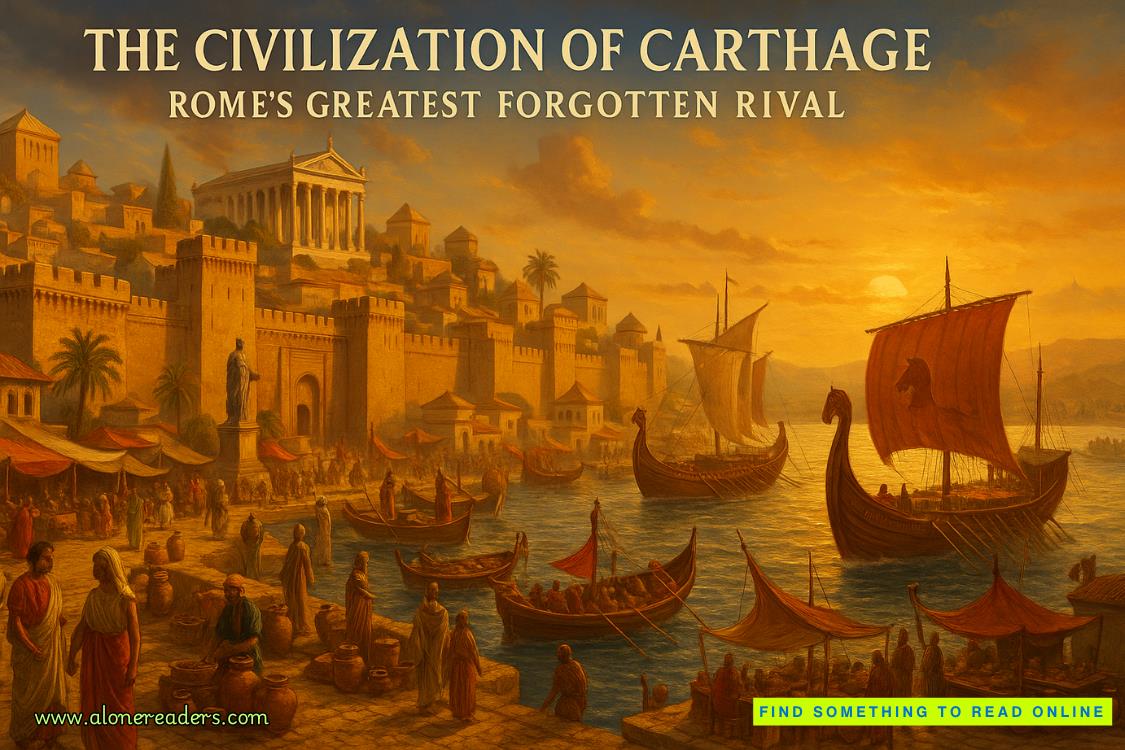Page 13 of When 're Silent
“Commonplace during the Tudorperiod,” Dr. Carter continued, adjusting the focus with a practiced hand. “Usedfor its durability. But this... this has been well-preserved. Remarkable,really. That’s what your fragments are, as well.”
“Is there any chance this waswritten recently on ancient paper? Could it help us date the note?” Finn’svoice was steady, betraying none of the urgency that pumped through his veins.
“Potentially,” Dr. Carter repliedwithout looking up. “But iron gall can be replicated even now by those with theright knowledge. It might tell us more about the person who wrote it than whenit was written. But you would have to have an intimate love for scholarly worksto do so.”
Finn absorbed this, the gears inhis mind turning. The profile of their suspect was coming into sharperrelief—someone with an affinity for the archaic, a knowledge of history,perhaps even academic. His thoughts were interrupted by Dr. Carter straighteningup, pushing back from the scope.
“I’ll need more time for acomprehensive report,” he said, locking eyes with Finn. “There are layers here,nuances that require careful analysis.”
“Understood,” Finn nodded, hisresolve solidifying. There were other avenues to explore while they waited.
A knock came at the door and instepped the fresh faced Constable Jones again.
“Are you following us?” Finn asked.
“Eh... Pardon, Sir? No. I... I workout of here and thought you could do with a place to carry out your work, too,”Jones said, his face red.
“Don’t listen to him,” Amelia said.“You’re doing fine work, Jones.” She turned to Dr. Carter. “Keep us posted, Dr.Carter, and thank you for your efforts.”
Finn enjoyed making fun of peoplein a harmless way, and while Amelia did the same, Finn admired the way shealways, in the end, built people up. There was enough tearing down of people tofill the Grand Canyon in the world.
With a gesture from ConstableJones, they stepped out of the lab and into the maze of stone corridors oncemore, moving towards a small, sparsely furnished office that had been set asidefor their use. Constable Jones unlocked the door and flicked on the light,revealing a simple desk and two chairs bathed in the sterile fluorescence.
“Your workspace is in here. If youneed anything else, please let me know,” Jones said, gesturing inside beforetaking his leave.
“Looks like the kid has done us asolid,” Finn said, pointing to the files sitting on their desks, and amakeshift evidence white board that had been wheeled in.
“Yeah,” Amelia said, agreeing. “Andthere are files here for both the Dominique Plantagenet murder and the RebeccaHanover case. Should help us compare the two a little more to see if there isindeed a connection.”
The files marked ‘Hanover, R’ werewaiting for them, thick with the weight of unanswered questions. Finn took aseat, the chair groaning under his frame as he reached for the first of thereports. As Amelia pulled the second chair closer, Finn felt a familiarthrill—to have Amelia by his side, his equal at every turn, sometimes, hissuperior. He could smell her perfume and tried not to get lost in it.
“Let’s take a look at Rebecca’scase,” Amelia said, opening up some files.
They began to sift through thepages, reports first. Each line was a potential thread, each statement apossible lead. Then came the crime scene photographs—stark, gruesome testimonyof Rebecca Hanover’s final moments. Finn’s eyes traced over each image,cataloging the details, the positioning of the body, the absence of personaleffects.
“Positioned the same way asDominique Plantagenet. It’s almost certainly deliberate,” he said, pointing tothe knees brought up slightly to the side. “And look at the wrist, the palmoutstretched. It’s so familiar again.”
Amelia passed him a witnessstatement, her finger tapping a particularly intriguing passage. He read it,his brows knitting together. There was a pattern emerging, something thattugged at the edges of his understanding, a whisper of connection that teasedat the periphery of his consciousness. He filed it away mentally, another piecein the ever-growing jigsaw puzzle that was Rebecca Hanover’s murder.
“Take a look at this,” Ameliamurmured, sliding another photograph across the desk. It showed an item foundat the scene, something so ordinary yet so out of place that it sent a shiverdown Finn’s spine. An antique fountain pen, the tip dipped in Rebecca Hanover’sblood.
“Another piece of dramatic flair.Was there a stab mark from the pen?” Finn asked Amelia.
“No,” she said. “But it wasdefinitely Rebecca’s blood, not the killer’s.”
“So, we have an actress dead, andthis pen...” Finn said. “Could the killer have something to do with writing,maybe?”
“Like a playwright?” Amelia asked.
“Yeah,” he said. “You know, I usedto write short stories and had a couple published in a small magazine backhome.”
"Really?" Amelia asked."You are full of surprises... Wait, it wasn't erotica, was it?"
“Hardly,” Finn said. He held in thedesire to tell her that it was about his childhood in Florida, how hard he hadlived there, growing up in a town that only saw him as a troublemaker. “But Ido remember feeling a little bitter every time I got a rejection from amagazine. Some writers can be pretty bitter.”
“Enough to kill...” Amelia echoed.
They then continued and worked innear silence, the only sounds the rustle of paper and the occasional mutedclink of Amelia’s ring against her mug. Together, they delved into the life anddeath of Rebecca Hanover, seeking the invisible strands that connected her fateto Dominique Plantagenet’s. And somewhere in the depths of those files, Finnsensed the truth lurking, waiting for the keen edge of his intellect to cut itfree.















